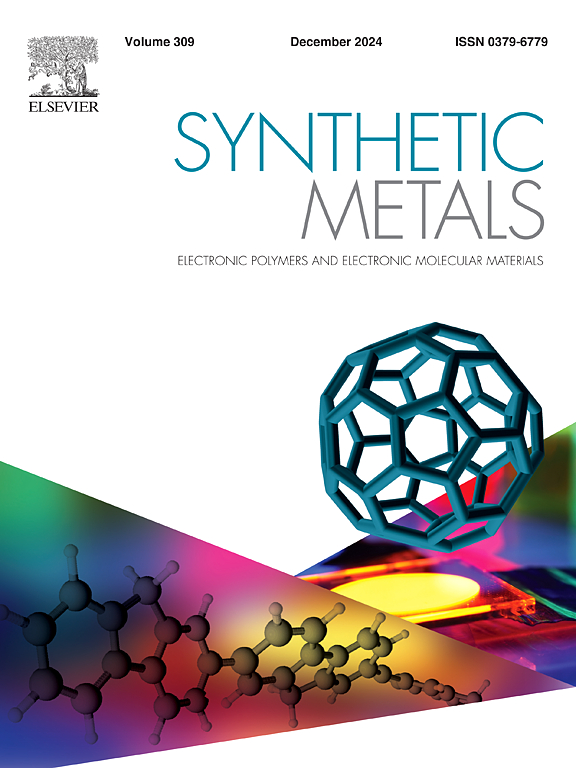Experimental investigation on the tribological and rheological properties of graphene and FMWCNT based nanolubricants with CTAB surfactants
Abstract
This study focuses on the rheological and tribological effects of the addition of graphene (GR) and functionalised multi-wall carbon nanotubes (FMWCNTs) as mono and hybrid nanoparticles in a polyester lubricant. We conduct a rheological study of viscosity in the range 30–100°C, following the ASTM D2270 standard. We also carry out a tribological study based on a four-ball test following the ASTM D4172 and ASTM D2783 standards for both wear and extreme pressure sample analysis. These studies reveal that FMWCNT has a higher degree of shear-thinning flow behaviour compared to GR nanolubricant samples. Samples with a higher GR ratio with added CTAB surfactant gave higher compared to samples with a lower GR ratio. The CTAB surfactant is found to enhance the dispersion and stability of the hybrid nanolubricant, and the hybrid nanoparticle system helps in preserving the complexity of the system, even at higher temperatures. The tribological findings show that the samples with GR tend to have a reduced coefficient of friction (COF) and increased wear scar diameter (WSD), while the samples with FMWCNTs tend to have increased COF and reduced WSD. This is due to the presence of the GR ball, which consists of nanoplatelets that have a spherical form and function as a nano ball bearing. This study explores the properties of a unique hybrid material that has promise as a lubricant additive to reduce friction and wear.

 求助内容:
求助内容: 应助结果提醒方式:
应助结果提醒方式:


